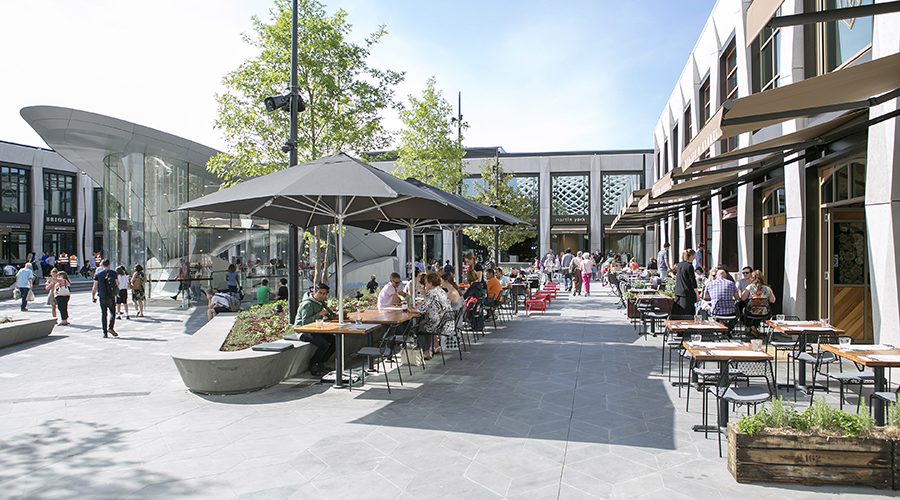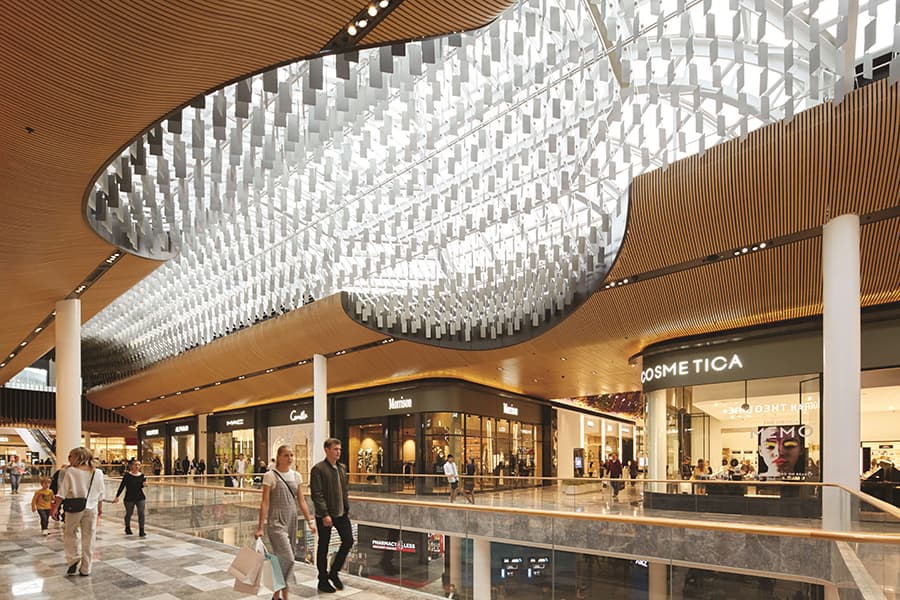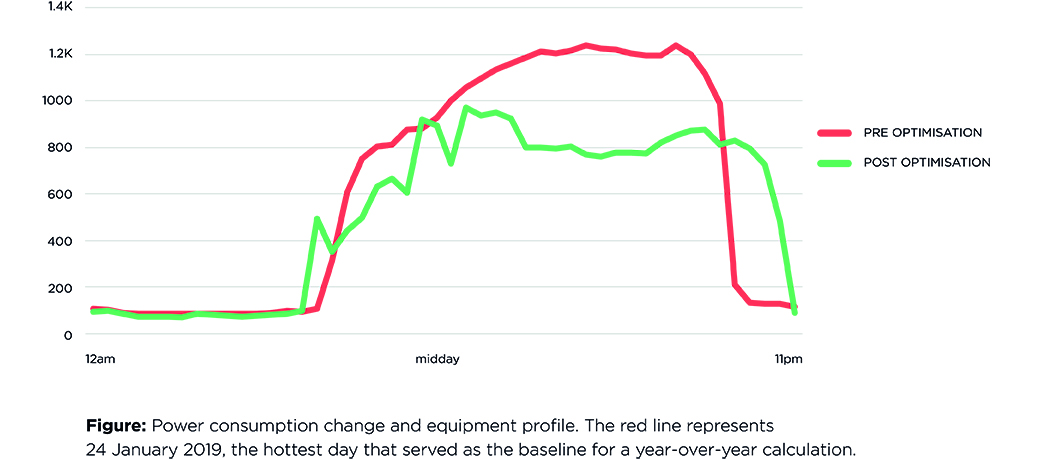Luis Casas, Business Growth Strategist at CIM, discusses their partnership with QICGRE to leverage data and building analytics to significantly reduce peak demand at Melbourne’s Eastland shopping centre during critical peak demand (CPD) periods.
Using the insights generated by CIM’s PEAK platform, QICGRE’s operations team optimised Eastland’s heating, ventilation and air-conditioning (HVAC) plant and equipment to facilitate a 15.4% combined demand reduction across the shopping centre on peak demand days. By doing so, QICGRE has been able to reduce the centre’s carbon footprint while also helping to alleviate pressure on the state electricity grid during times of extreme weather stress.
“QICGRE is continuously focused on facilitating efficiency opportunities presented to us by CIM that will impact positively on local communities and improve sustainability across our portfolio,” said Damien Stacy, QICGRE Portfolio Facilities Manager. “Since 2018, we’ve used PEAK to improve the operational performance of our portfolio of Australian centres, and now its database of real-time information about our assets is enabling us to set a new standard in critical peak demand management.”
QICGRE sources CPD information through AusNet Services, the Victorian transmission system operator, which encourages its largest energy consumers to reduce electricity use on five nominated peak days per year – typically the hottest days of the year, when the network is most under strain.

QICGRE and CIM are now using PEAK’s data-driven insights to replicate the operational efficiencies achieved at Eastland across QICGRE’s entire retail portfolio
AusNet sends an SMS notification to its subscribers of an upcoming CPD day anytime between one day and one week in advance. To allow QICGRE to react quickly to this opportunity, CIM’s engineers analysed Eastland’s energy data and costs in the PEAK platform then pulled together a plan to further optimise existing plant and equipment at the centre during CPD periods.
“Unlike traditional peak demand tariffs, which are backwards looking, the critical peak demand model provides advance notice,” said Arghya Sen, Senior Systems Engineer at CIM. “This allows the use of advanced building analytics to plan and execute an effective demand reduction program that benefits the customer through lower demand charges, and the system by reducing peak demand at the time it is needed.”
Before moving forward with the plan, the team had to be certain any changes to mechanical equipment performance wouldn’t impact thermal comfort for retailers and visitors.
“We needed to fully understand the impacts on individual tenancies before we started optimising their set points,” said Stacy. “For example, a jewellery store with lots of lights and a very high heat load could be severely affected, compared to a dimly-lit female fashion store.
“Having already consolidated our energy, equipment and thermal comfort data in the PEAK platform, it took the CIM team a matter of days to understand the building usage and load patterns for Eastland, and recommend a control strategy that wouldn’t negatively impact thermal comfort,” said Stacy.
A cross functional team was pulled together including Eastland’s site operations representatives, building management system (BMS) contractors, CIM engineers and advisors from specialist energy consultants 1Circle to implement the agreed CPD reduction strategy.
Based on PEAK’s insights, the Eastland team successfully optimised the shopping centre’s plant and equipment on all five nominated days and improved tenant comfort, without any additional OPEX costs.
The drop in CPD energy use generated a 15.4% overall year-on-year reduction based on the five CPD days the previous year. By focusing on the centre’s mechanical equipment alone, including chillers, carpark exhausts and air handling units, the team delivered a 23.52% combined mechanical power year-on-year reduction compared to the same time a year earlier.
These efficiencies were tracked and reported in real-time using the PEAK dashboard, which facilitated a transparent and collaborative process for everyone involved.
“Without access to the granular data provided in PEAK, it would have been very difficult to roll out this process without potentially compromising tenant comfort,” said Stacy. “The data PEAK collected from all of our systems and equipment helped us to manage expectations, find the right opportunities and accurately measure building performance against our new targets on each CPD day.”

The Eastland team successfully optimised the shopping centre’s plant and equipment and improved tenant comfort, without any additional OPEX costs
QICGRE and CIM are now using PEAK’s data-driven insights to replicate the operational efficiencies achieved at Eastland across QICGRE’s entire $12.5 billion Australian retail portfolio*.
“Coming up with site specific recommendations for other centres is very complicated without a data platform such as PEAK, which can show you how to manage the load properly to deliver desired outcomes,” said Sen. “We are working towards similar strategies for each centre by taking into consideration individual structures, building demands and load patterns for each asset.”
An element of this work involves configuring PEAK’s programmatic control algorithm feature so it can automatically write back to the BMS on CPD days, and make systematic overrides to equipment performance to optimise building energy use based on outside weather conditions. Successfully managing electricity loads at short notice on CPD days is one of the many outcomes QICGRE derives by applying a data-driven and proactive approach to its building operations.
“Slashing energy consumption when the electricity network is under pressure not only helps prevent blackouts across the region, it also reduces price volatility and helps meet short-term shortages of supply in a sustainable way,” said Sen. “We are proud to partner with QICGRE to help the company deliver on its commitment to achieving the best outcomes for its community, customers and shareholders.”
*As at 30 June 2020.






















